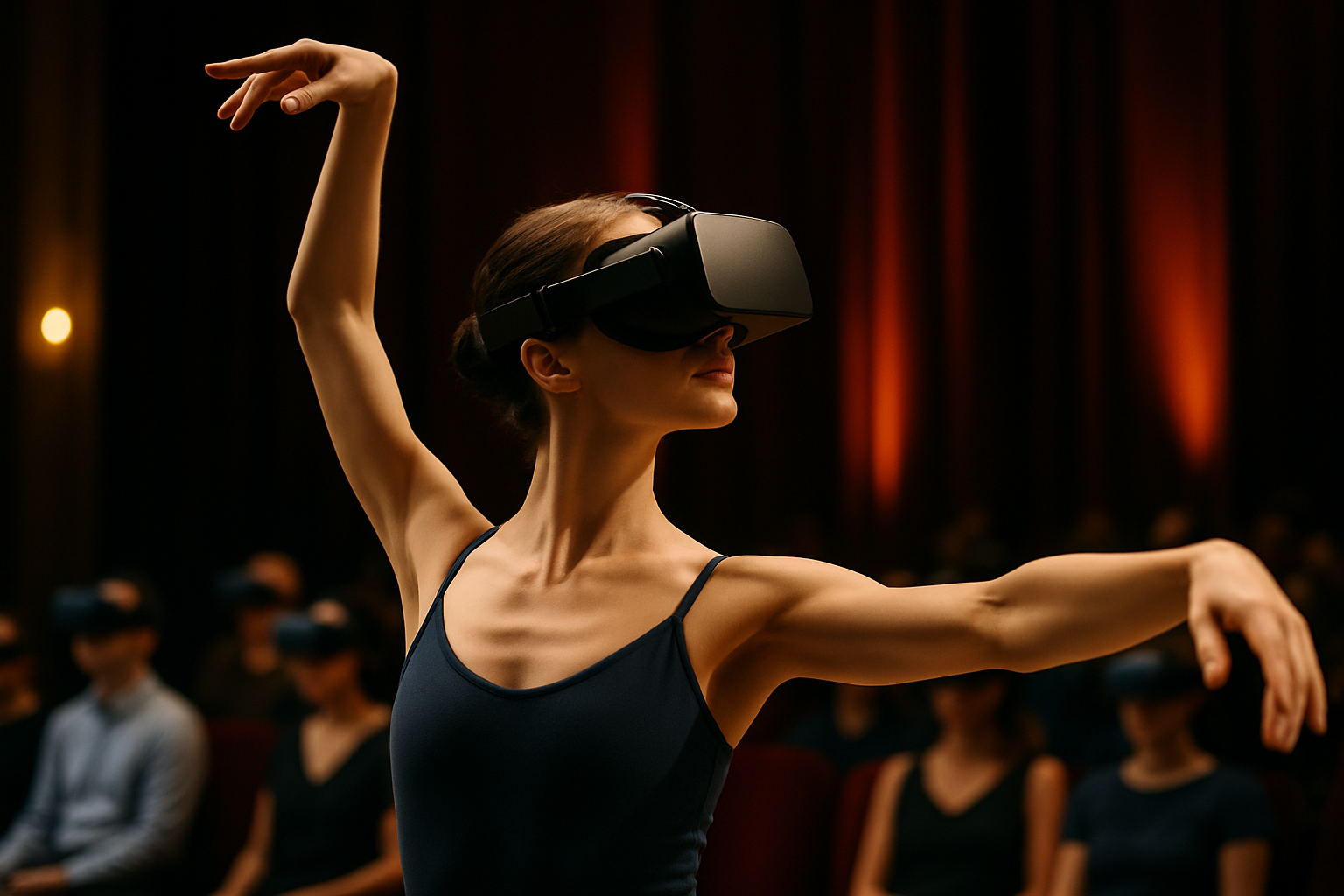The Renaissance of Puppet Theater in the Digital Age
In an era dominated by CGI blockbusters and streaming services, an unexpected art form is experiencing a remarkable revival. Puppet theater, once relegated to children's entertainment and niche performances, is finding new life and relevance in the digital age. This resurgence is reshaping the landscape of contemporary theater and challenging our perceptions of storytelling in the 21st century.

The Digital Puppeteer: Technology Meets Tradition
In the hands of innovative artists, puppetry is no longer confined to physical stages. Digital puppetry, utilizing motion capture technology and real-time animation, allows performers to manipulate virtual characters with unprecedented precision. This fusion of old and new has opened up exciting possibilities for storytelling, enabling puppeteers to create fantastical worlds and characters that were once impossible to realize on stage.
Breaking the Fourth Wall: Interactive Puppet Performances
The rise of interactive and participatory theater has found a perfect partner in modern puppetry. Audience members are no longer passive observers but active participants in the narrative. From large-scale productions where spectators control giant puppets via smartphone apps to intimate performances where the line between puppeteer and audience blurs, this new wave of puppet theater is redefining the relationship between performer and viewer.
Puppetry as Social Commentary
As society grapples with complex issues, puppet theater has emerged as a powerful medium for social and political commentary. Contemporary puppet shows tackle topics ranging from climate change to social inequality, using the disarming nature of puppets to broach difficult subjects. This approach allows artists to address sensitive issues in ways that are both accessible and profound, reaching audiences that might otherwise be resistant to such messages.
The Global Stage: Puppetry in the Internet Age
The internet has played a crucial role in the renaissance of puppet theater, connecting artists and audiences across the globe. Online platforms have become virtual stages, hosting live-streamed puppet performances and fostering international collaborations. This digital interconnectedness has led to a cross-pollination of styles and techniques, resulting in innovative hybrid forms that push the boundaries of the art form.
Puppetry in Education: Beyond Entertainment
The educational potential of puppet theater is being rediscovered and reimagined for the 21st century. Schools and universities are incorporating puppetry into their curricula, recognizing its value in teaching everything from literature and history to science and social skills. Interactive puppet shows are being used to explain complex concepts to children, while puppet-making workshops are fostering creativity and problem-solving skills in students of all ages.
The Future of Puppet Theater: Challenges and Opportunities
As puppet theater continues to evolve, it faces both challenges and opportunities. The integration of technology, while opening new avenues for creativity, also raises questions about the authenticity of the art form. Purists argue for the preservation of traditional techniques, while innovators push for further experimentation. Finding a balance between honoring the rich history of puppetry and embracing its future potential will be crucial for the continued growth and relevance of this ancient art in the modern world.
A Timeless Art Form Reborn
The renaissance of puppet theater in the digital age is a testament to the enduring power of this ancient art form. By embracing new technologies and addressing contemporary issues, puppetry has not only survived but thrived, finding new audiences and pushing the boundaries of creative expression. As we look to the future, it’s clear that puppet theater will continue to evolve, surprise, and inspire, reminding us of the timeless magic of bringing inanimate objects to life through the power of human imagination and skill.





